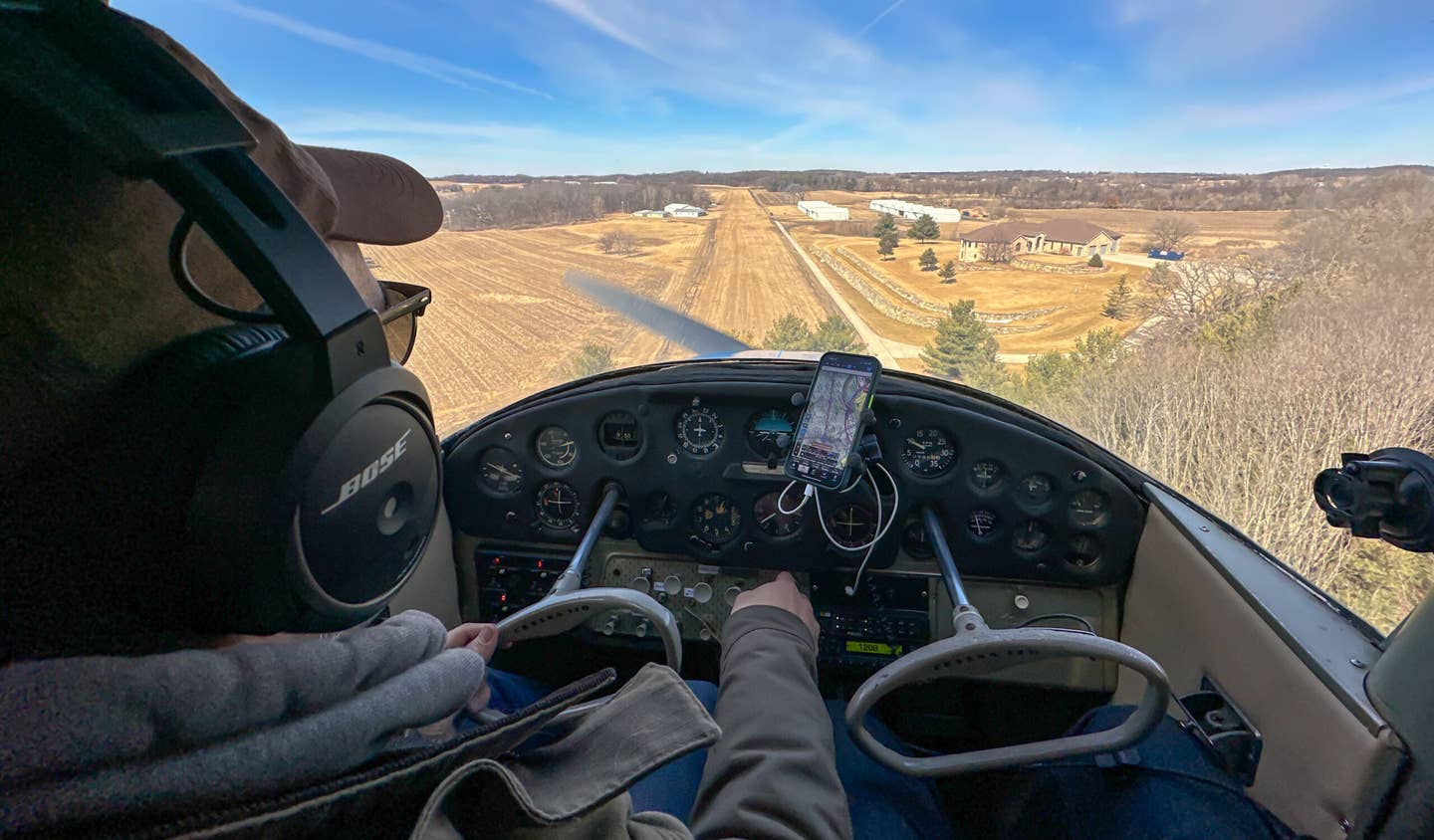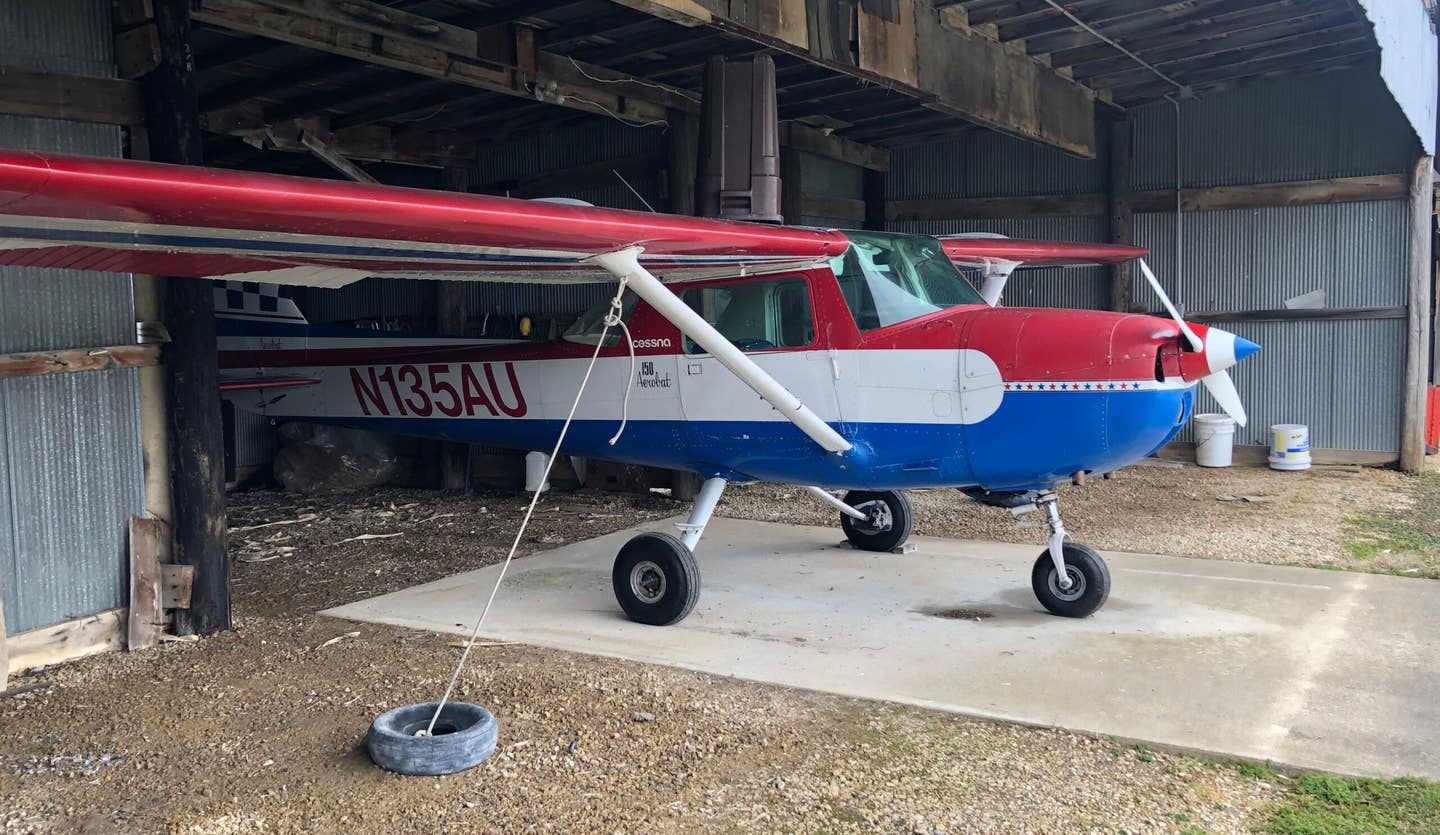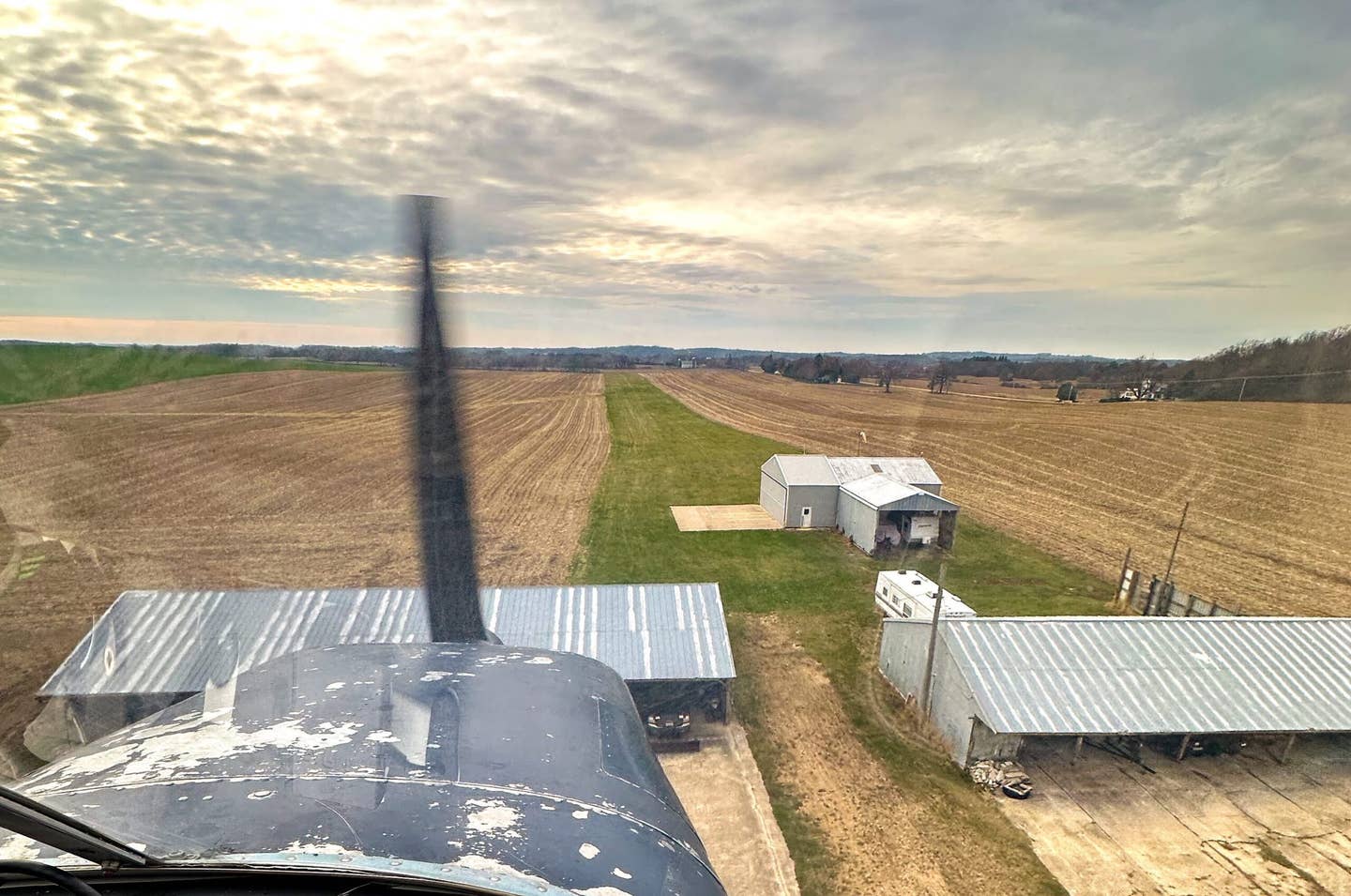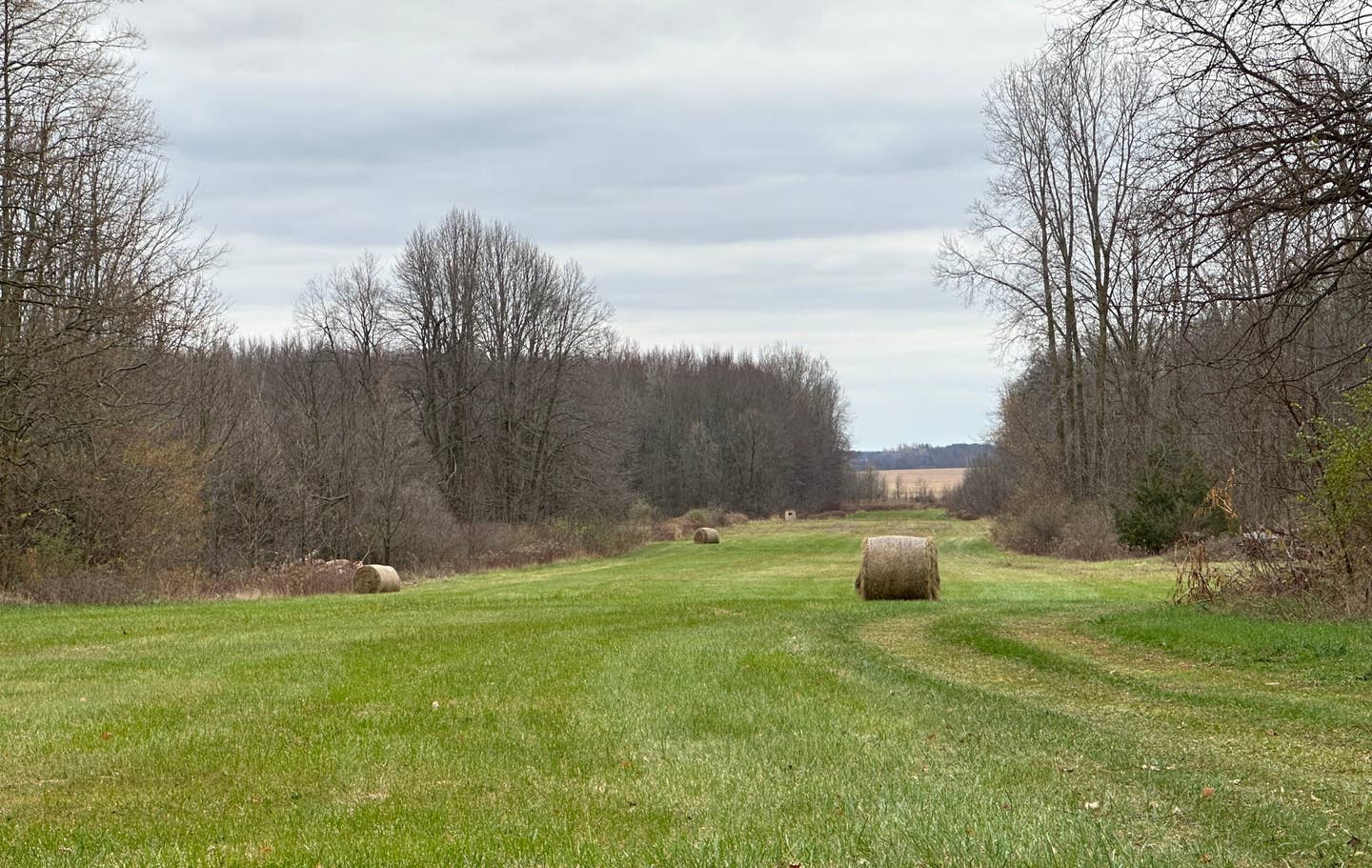Being an Owner Takes Oshkosh to Another Level
The first trip to EAA AirVenture with his own aircraft turns out to be all that this pilot had imagined.
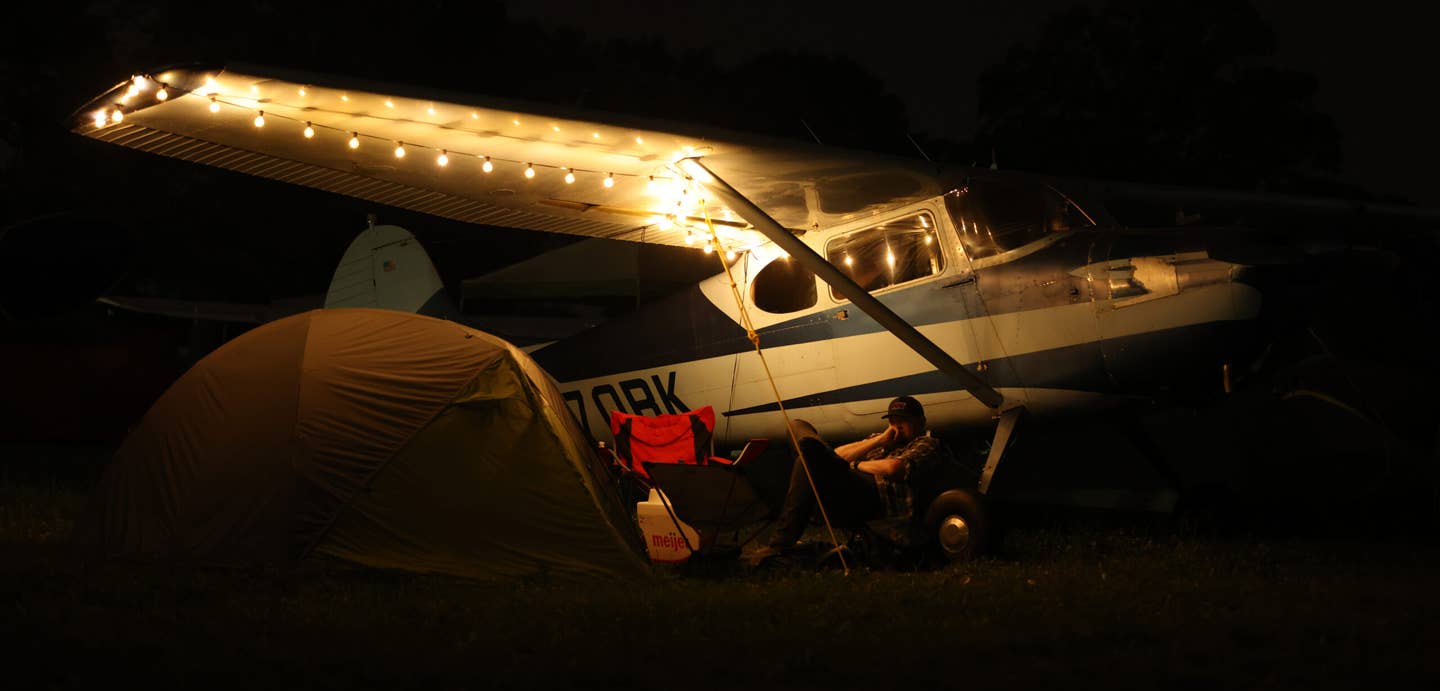
Experiencing EAA Airventure in Oshkosh, Wisconsin is memorable for any visitor…but experiencing it as a new aircraft owner is that much more special. [Photo: Adam Stiffler]
Known as “Oshkosh” to older generations of pilots, EAA AirVenture to newer ones, and simply as “EAA” to nonflying Wisconsin residents, the annual, weeklong July fly-in is billed as The World's Greatest Aviation Celebration…and it never disappoints.
It’s rare to encounter a pilot who, after their first visit, has left without becoming completely enchanted. Perhaps we piled into a car and got there via an epic road trip with friends, or perhaps we bummed a ride from a fellow pilot. Maybe later, after learning a bit about the arrival procedures and lay of the land, we reserved a 172 from the FBO and flew in for the first time on our own.
“Well, for those of you who have yet to fly your own airplane into AirVenture and camp beneath your own wing, I’m here to tell you—it’s every bit as magical as you think.”
However we first experienced Oshkosh, it’s a fair bet most of us dreamed of someday flying our very own airplane in. Visions of waking up, crawling out of the tent, and admiring our machine drenched in the rising sun and Wisconsin dew likely filled our heads, and it was with some friendly envy that we observed others living that very experience.
Well, for those of you who have yet to fly your own airplane into AirVenture and camp beneath your own wing, I’m here to tell you—it’s every bit as magical as you think.
Oshkosh Beginnings
My very first visit to Oshkosh was back in 1998. At the time, I was 20 years old and had just earned my private pilot certificate at a fantastic local flying club. We had seven airplanes, and each of the 300 or so members was technically a part owner. As a 20-year-old, this was a point of significant pride, particularly fun to bring up among friends who were usually discussing their Camaros and Mustangs. Even equipped with T-tops, Cody’s IROC-Z simply could not compare to a sweet Beechcraft Debonair.
The flying club was a very tight-knit group. In addition to regularly getting together for activities at the airport and social events in town, we would also fly to Oshkosh in club airplanes, splitting the costs and camping together. For a newly-minted private pilot, it was a grand introduction to the event, and my mind boggled at the sheer number of airplanes dotting the airfield. I spent considerable time every day imagining what it would be like to fly my very own airplane into the show, and filed those daydreams into the “someday” section of my brain.
College and various jobs would force me to move away from that wonderful flying club, and as life intervened, my flying would be put on hold for many years. The addiction remained, however, and I became an Oshkosh vagabond. After determining which friends would be flying in, I would drive to the airport, park at an abandoned shopping center across the street, hike in with my camping gear, and camp beneath their wing. I was a planeless vagrant, desperately grasping at the experience of ownership without having an airplane to show for it.
My friends would typically park and camp in what’s known as “The North 40”—the grassy areas surrounding runway 9/27 on the far north end of the airfield. Although a steady stream of buses provides campers with transport to and from the show grounds, we would frequently miss the bus and would then have to walk more than two miles just to reach the action. It wasn’t uncommon to walk more than eight miles each day.
Fun as that was, the experience is markedly different as an owner.
The Owner Experience
The first revelation as an airplane owner in general and as a vintage airplane owner in particular was just how much closer to the action I was able to park and camp. Vintage and experimental aircraft receive preferential parking at AirVenture, and having secured a fantastic spot only ¼ mile from show center, I was able to use my airplane as a convenient basecamp every day.
Rather than leave my tent in the morning with the expectation that I wouldn’t return until late at night, I could now lock my things in the airplane as needed without having to carry everything around all day. I could quickly and easily access clean clothes and grab a refreshingly cool midday shower. I could walk from my campsite to nearly any exhibit in minutes, and impromptu meetups with friends required five minutes rather than two miles of walking. This, in Oshkosh terms, is pure luxury.
While The North 40 has a wonderfully friendly and welcoming vibe, the vintage area somehow seemed even more tightly-knit. Owners of airplanes from a bygone era find common ground as caretakers of history; upon learning a visitor owns your airplane’s twin with a serial number close to your own, an instant kinship forms. Tips and tricks are traded, phone numbers are exchanged, wisdom is shared, and beverages are enjoyed.
As an airplane owner, Oshkosh serves another purpose—as you walk around the grounds, you realize the entire airfield is essentially a real-life showroom. All the parts, modifications, and rare subtypes you typically only ever see on websites or in magazines are available to see in-person, installed on airplanes of all types. From panel layouts to tablet mounts to tundra tire sizes, you can evaluate how all kinds of changes look on other examples of your aircraft type.
One day, I returned to my airplane to discover that in the next row over, what might be the single finest Cessna 170 in the world had arrived and parked. Painstakingly rebuilt from the ground up, the gleaming 1952 model incorporated the most highly-regarded performance modifications, and was optimized for backcountry exploration. From inertia-reel shoulder harnesses to a fully custom panel to carbon fiber hubcaps built from scratch, this 170 was a showcase of all the mods I hope to someday install on my own machine, and it was fun to see the setup in person.
I was expecting a relatively large number of friends and acquaintances to stop by and see my new pride and joy, so I did my best to make my campsite as welcoming as possible. I brought extra chairs. I hung a set of solar-powered string lights beneath the wing to add some evening ambiance. And most importantly, I kept a large cooler perpetually stocked with ice and cold bottles of water for anyone who happened to visit. I informed all my friends to stop by and help themselves whether I was there or not.
Over the week, friends old and new did indeed stop by to see the new airplane, and like a proud father, I provided introductions to all. Unlike many of the lustrous, exquisitely-restored examples filling the vintage area, my humble, well-worn machine was fully available for exploration. Kids and adults alike were welcome to hop inside to check it out, and I was more than happy to provide guided tours as they did.
Of particular interest was my ridiculous “nose art”. What was once a bare patch of aluminum on the oil access door had, with a bit of imagination and a Sharpie marker, become a polar bear devouring a fish. Kids always seemed to spot the bear first, and everyone agreed the whimsical addition was befitting the scruffy nature of the airplane.
Over the years, I’d always suspected Oshkosh could only be made better by flying there in your own airplane, but I underestimated just how much better it could become. Flying there in your first airplane unveils layers and depth to the event that were always there but are not necessarily evident to regular attendees. You embark with high hopes and perhaps some significant nerves, and you depart with new friends and great stories. You become a participant as well as a spectator. And you curse the long winter ahead that separates you from doing it all over again next year.

Sign-up for newsletters & special offers!
Get the latest FLYING stories & special offers delivered directly to your inbox


